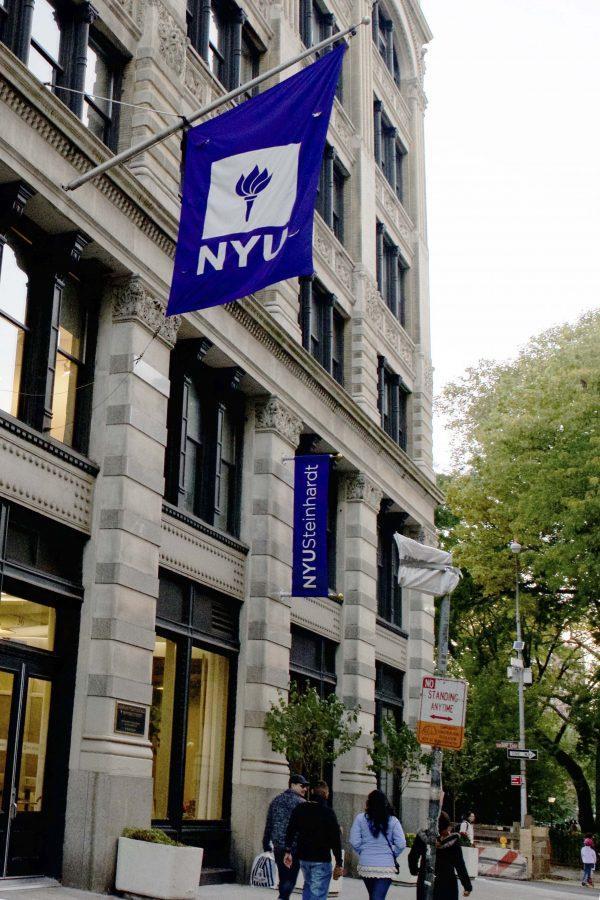National Science Foundation Grants NYU Steinhardt $4 Million in Grants
Steinhardt received NSF grants for research in STEM fields and educational development.
September 13, 2017
Steinhardt received three grants of $2.5 million, $1.25 million and $300,000 from the National Science Foundation to integrate computer science into teaching curriculums.
The grants’ main purpose is to develop innovative ways of integrating computer science and computational thinking into science, technology, engineering and math curriculums used in primary education.
The first project is built upon the National Science Foundation’s STEM and Computing Partnerships program, which looks to develop a year-long science curriculum that introduces students and teachers to computational skills. The principal investigator of the research is Steinhardt Professor of Childhood Education Okhee Lee, joined by Steinhardt Associate Professor of Education Lorena Llosa, MIT professor Eric Klopfer and Vanderbilt professors Corey Brady and Douglas Clark.
“The curriculum is designed in such a way that it has a specific focus on English learners, so that teachers can use the curriculum in their classroom for all these students, including [English learners],” Llosa said via email.
With the use of the special programming environment, elementary school students will be able to explore scientific phenomena by modeling causal relationships.
“Much of the work on computational modeling — the intersection of computational thinking and modeling — is with older students,” Klopfer said via email. “Working with younger students to give them the ability to model and analyze systems is both a challenge and an opportunity.”
According to Llosa, the grant will primarily be used to hire experts in language and computer science as well as to develop and field test teaching materials for school curriculums.
The second grant goes toward the Maker Partnership, which is also related to the STEM and computing program. Its main goal is to find methods to train and prepare elementary school teachers to integrate computational thinking and problem solving into science curricula. The process will focus on promoting student-centered inquiry and innovation in schools comprising predominantly Black and Latino students from high-poverty households.
The research director at the Research Alliance of NYC Schools, Cheri Fancsali, will lead the project. She will be assisted by co-principal investigators Adriana Villavicencio, who is also a part of the Research alliance of NYC Schools; Stephen Gilman, the founder and executive of Maker State; Casey Lamb, chief operations and development officer of Schools That Can and Noel Parish, executive director of Schools That Can NYC.
“We hope to learn if the Maker pedagogy and curriculum is an effective way to integrate CS into science instruction and the facilitators and inhibitors of schools integrating CS into subject-area teaching,” Fancsali said.
The main goal of the third project — another initiative taking place in New York schools — will be using an approach called translanguaging, which aims to give teachers tools to explain the material to students regardless of their language background.
“Through engaging in a research-practice partnership with bilingual public middle school teachers, we hope to learn more about how students translanguage as they learn computer science, and how teachers might leverage students’ translanguaging to help them learn CS,” Kate Menken, the co-principal investigator, said.
Menken will be working on the project with the co-principal investigators Christopher Hoadley and Laura Ascenzi-Moreno. She also believes this program will better prepare students for a more technology-centered future.
“There are few collaborations between researchers and practitioners in bilingual education and computer science education, but forging connections between those two areas is of critical importance,” Menken said. “Linguistic diversity is the norm in K-12 schools and classrooms today, and computer science and computational thinking skills are needed to truly understand our digital age.”
Email Alexandra Solovyeva at [email protected]















































































































































